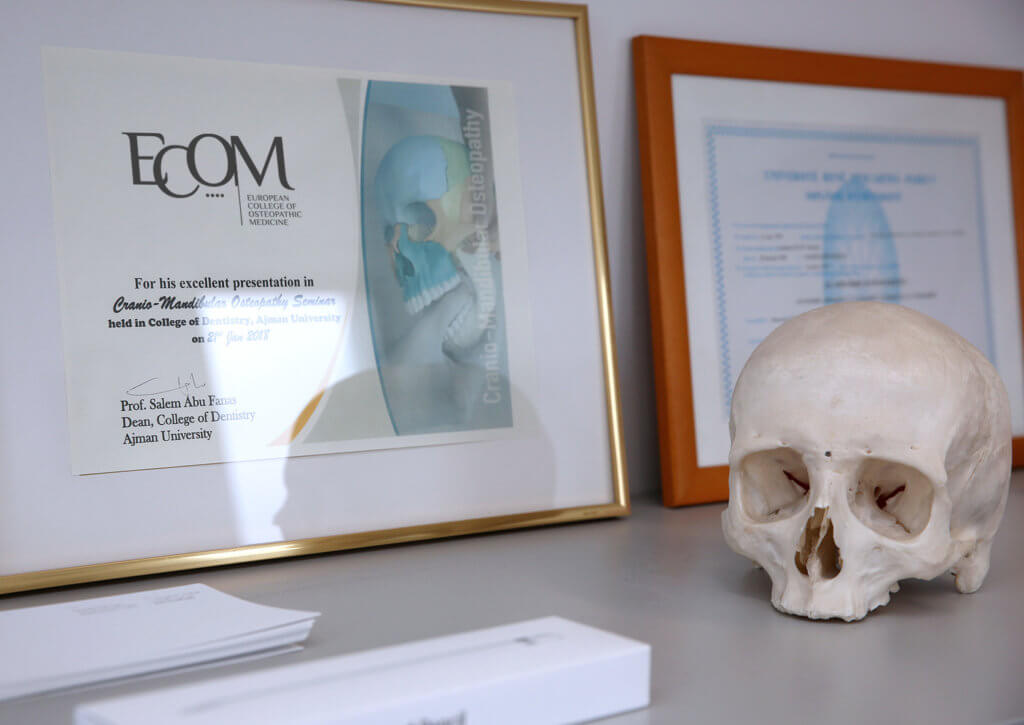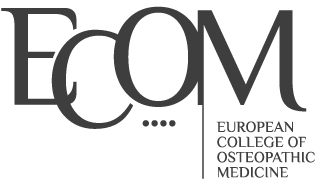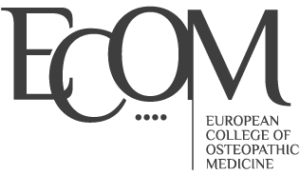The
Program
Course overview
A part-time osteopathic training course in an international institute.
If you are considering becoming an osteopath and want to study part-time, the European College of Osteopathic Medicine is the ideal place. We offer the flexibility to help people find a new and brighter future.
The program presented is based on tutor guided time – home studies and distance education are not included and need to be considered.
The program is designed according to a proven and successful method, used since many years at IOB. Approved by the Ministry of Health in France we can guarantee top quality and a well tried-out program, designed for Osteopaths with high standards.
700 hours of instructor guided education each year gives you a solid ground to become a self-reliance osteopath with 1000 clinic hours when you graduate.
7O HOURS A MONTH OVER 10 MONTHS PER YEAR.
September to June is the time on campus.
The 70 hours are spread over 10 days per month and run from Monday to Wednesday.
The program is designed to minimize travel costs by grouping the days into a single time period each month. Students thus have 20 days at home with their families and can always work part-time if necessary.
In year 5, we offer a year of “specialization”. Students then choose a specialization: Animal Osteopathy (horses and dogs), craniomandibular specialization, obstetrics specialization or sports medicine.
Home study time and distance learning are not included and should be taken into account.
Each year, interactions between the 2 schools will be set up in order to create real exchanges in relation to teaching and research in the spirit of osteopathy.
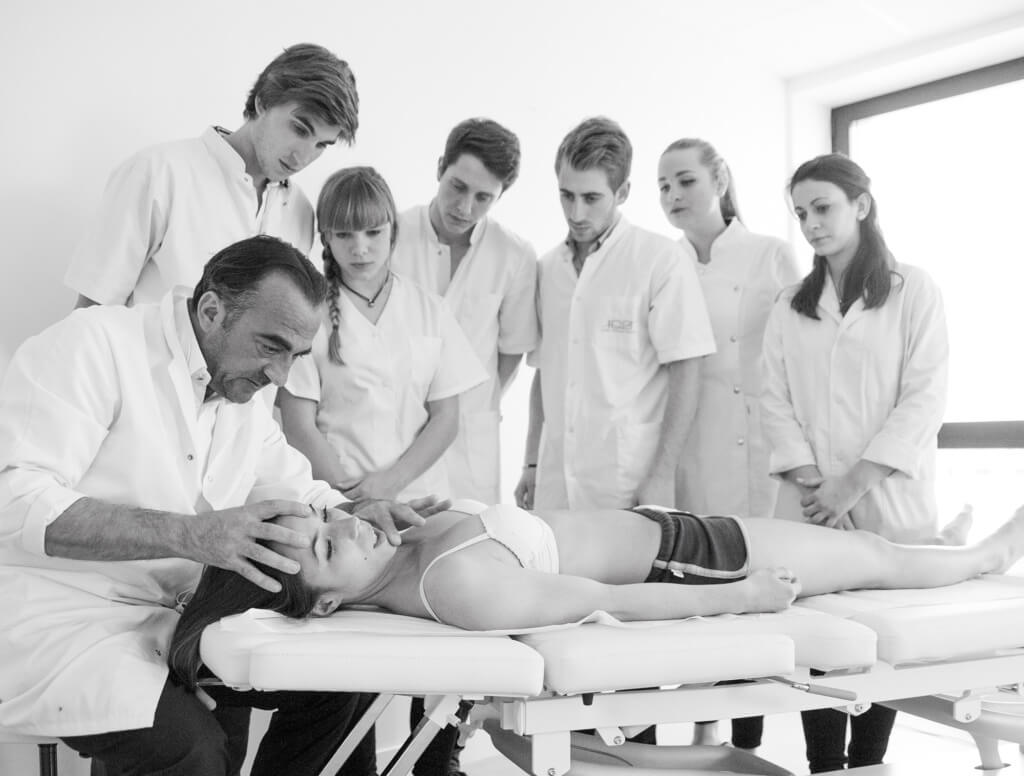
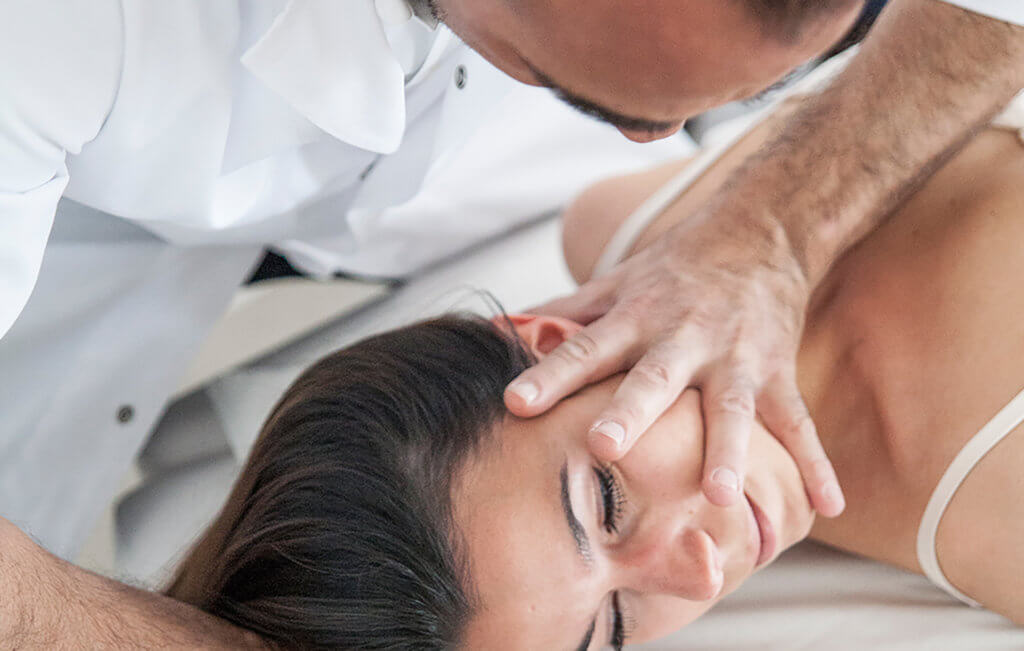
1st year program
- Year 2
- Year 3
- Year 4
- Year 5
- Anatomy and physiology of cardiovascular and respiratory systems
- Anatomy and physiology of the integumentary and sensory systems
- Complementary medical examinations
- Infectiology
- Neurology
- Cardiovascular and respiratory system
- Integumentary and sensory systems
- The pain
- Analytics applications of osteopathic clinical approach
- Differential diagnosis
- Learning of diagnosis, osteopathic treatments and appropriate techniques – cranial system
- Learning of diagnosis, osteopathic treatments and appropriate techniques – Lumbar/pelvis/abdominal region
- Learning of diagnosis, osteopathic treatments and appropriate techniques – Thoracic scapular region
- Scientific and professional english language
- Training in clinical practice (training of observation)
- Oral assessments, continuous evaluations and exams
- Hepatoenterology and endocrinology
- Uro genital system
- Immunohaematology
- Differential diagnosis
- Implementation of diagnosis means and treatments in various situations
- Learning of diagnosis, osteopathic treatments and appropriate techniques – upper limbs region
- Learning of diagnosis, osteopathic treatments and appropriate techniques – Cervical-cephalic region
- Diagnostic of exclusion
- Emergency care
- Document retrieval / research and scientific articles analysis
- Written and oral communication
- Scientific and professional english language
- Stipulation and establishment of an osteopathic diagnosis
- Conducting and establishment of an osteopathic intervention
- Application and understanding of the correlation in an osteopathic intervention
- Training in clinical practice
- Oral assessments, continuous evaluations and exams
- Pharmacology
- Psychiatric
- Psychology and psychosomatic
- Implementation of diagnosis means and treatments in various situations
- Relationship and communication in an osteopathic intervention context
For all systems - Diagnostic of exclusion
- Document retrieval / research and scientific articles analysis
- Research and evaluation in osteopathy
- Analysis of the professional practice
- Written and oral communication
- Scientific and professional english language
- Stipulation and establishment of an osteopathic diagnosis
- Conducting and establishment of an osteopathic intervention
- Application and understanding of the correlation in an osteopathic intervention
- To analyze and develop a professional practice
- Training in clinical practice
- Oral assessments, continuous evaluations and exams
- Pediatrics
- Geriatric medicine
- Sportsmedicine
- Nutrition and dietetics
- Sociology
- Public health
- Legislation
- Professional and medical ethics
- Management
- Relationship and communication in an osteopathic intervention context
- Diagnostic of exclusion
- Document retrieval / research and scientific articles analysis
- Research and evaluation in osteopathy
- Analysis of the professional practice
- Written and oral communication
- Scientific and professional english language
- Stipulation and establishment of an osteopathic diagnosis
- Conducting and establishment of an osteopathic intervention
- Application and understanding of the correlation in an osteopathic intervention
- To analyze and develop a professional practice
- Preparation of a professional installation
- Training in clinical practice
- Oral assessments, continuous evaluations and exams
Apply online
The European College of Osteopathic Medicine’s unique part-time degree pathway allows you to study while you continue with your current lifestyle, be that full/part time work or otherwise.
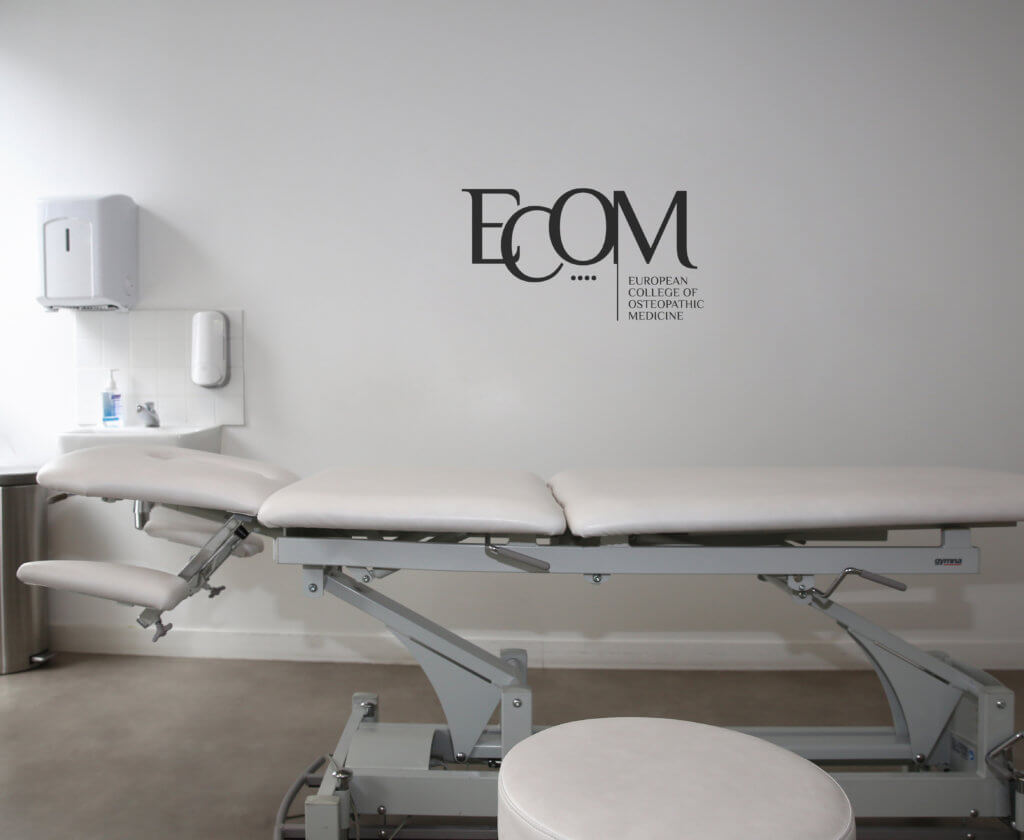
Our clinic
Starting in the third year, students will be treating patients in the school’s clinic. Supervised by experienced osteopaths, they begin to learn the relationship between practitioner and patient and how to run a successful clinic.
It is a professional situation, students gradually move from acquired knowledge to osteopathic competence, while at the same time improving and becoming more professional in patient care.
In three years, the student’s requirements increase and in the fifth year, with 1000 hours of clinical experience, the student will graduate with a well built confidence to run his own clinic as a professional osteopath.
THE Diploma
At the end of the training, the student obtains a double degree.
A Swedish diploma and, thanks to the partnership with IOB, an international European D.O. title approved by the Ministry of Health in France.
